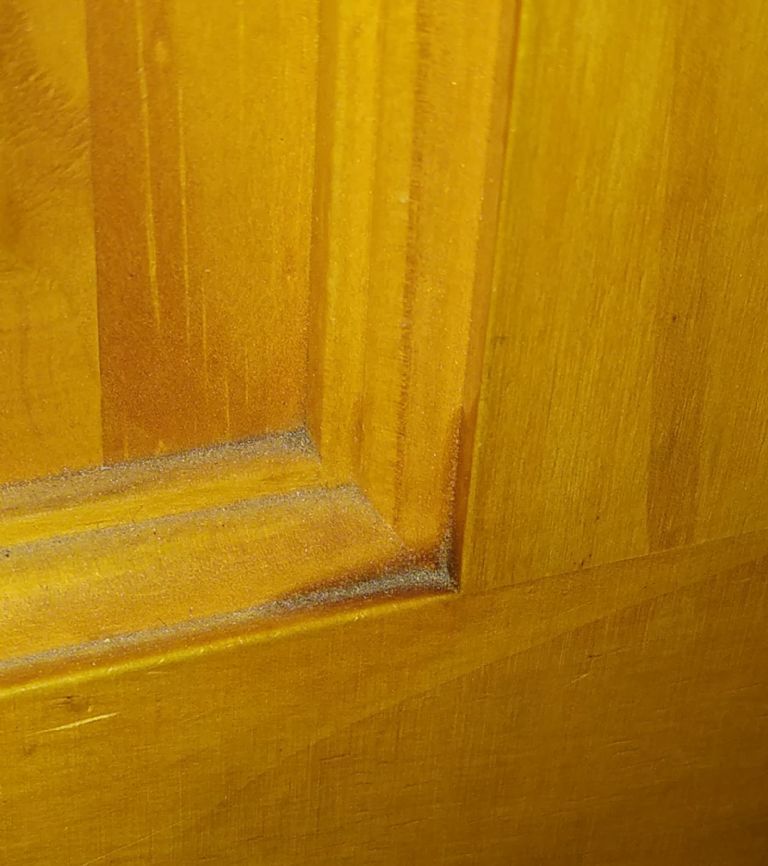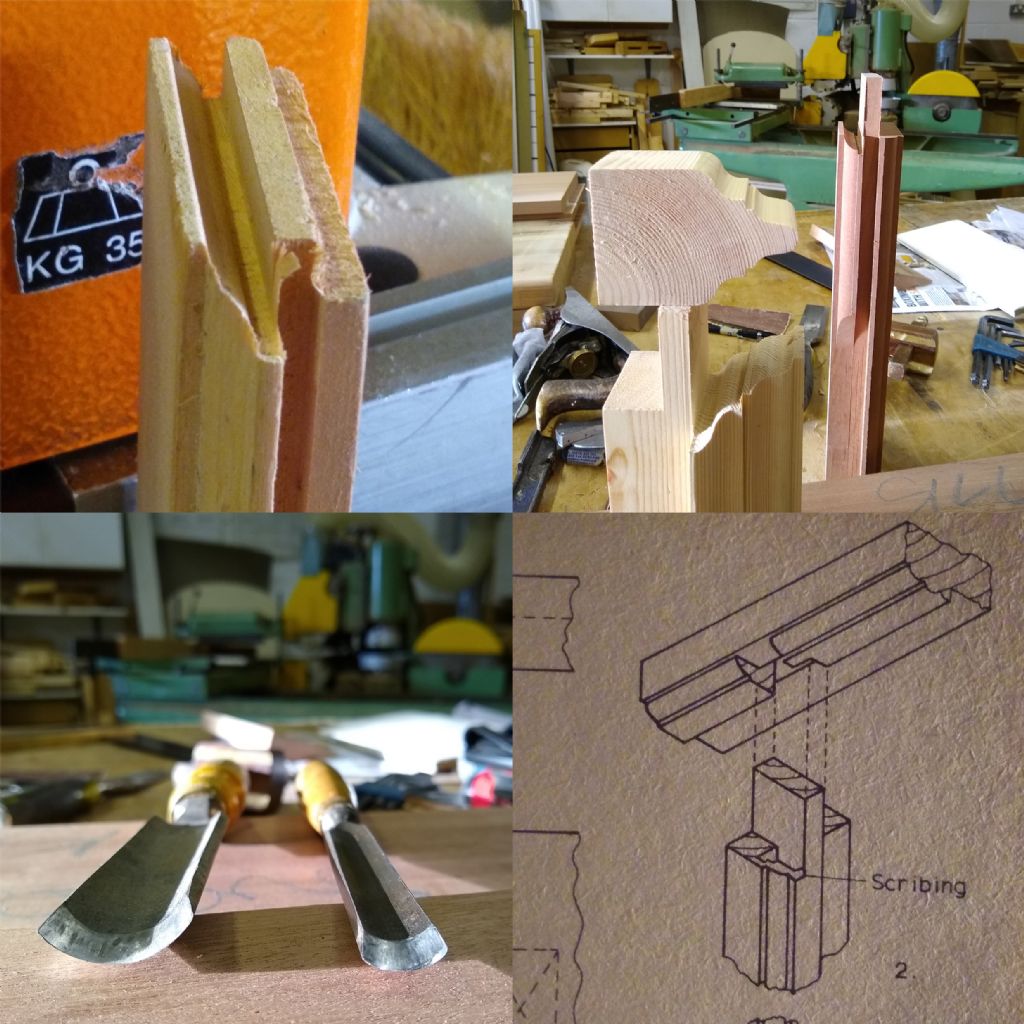Routing
Routing
- This topic has 22 replies, 11 voices, and was last updated 11 October 2021 at 13:04 by
 JasonB.
JasonB.
Viewing 23 posts - 1 through 23 (of 23 total)
Viewing 23 posts - 1 through 23 (of 23 total)
- Please log in to reply to this topic. Registering is free and easy using the links on the menu at the top of this page.
Latest Replies
Viewing 25 topics - 1 through 25 (of 25 total)
-
- Topic
- Voices
- Last Post
Viewing 25 topics - 1 through 25 (of 25 total)
Latest Issue
Newsletter Sign-up
Latest Replies
- My vise isn’t at 90 degrees
- A lot of al/alloy, new engine, just finished
- “Your Sketch Is Not Closed,” says Alibre Atom, “So tough!”HERE?ERE?
- milling chuck
- smokeless cutting oil
- New member (a young’un)
- Another Mystery Tool!
- Recommended storage for heavy lathe tooling
- Boiler Design – issue 4765
- A little bit on the side








